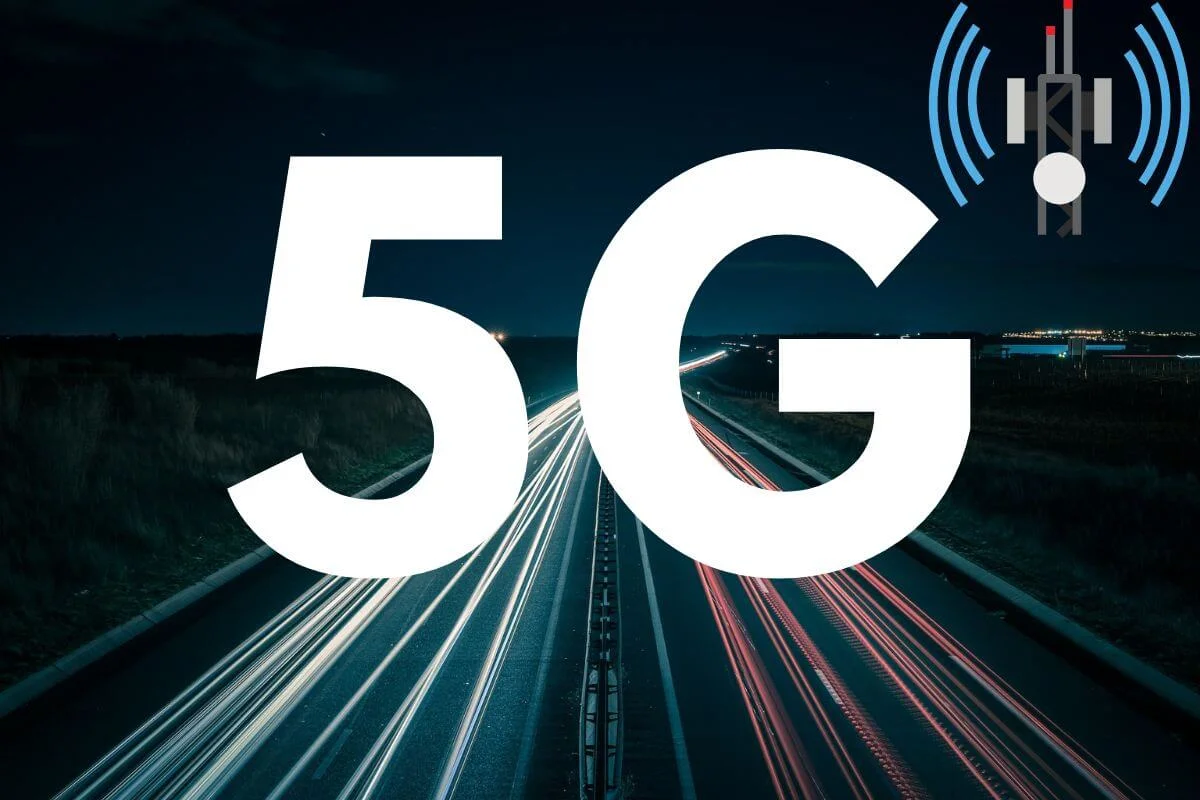
5G Deployments are progressing globally, and every country wants to align its digital economy based on the benefits 5G Networks deliver. Accordingly, Network vendors and Telecom Service Providers test Networks using a mix of solutions and products on various spectrum bands to realise the maximum potential of 5G. In one such achievement and an Australian first, Nokia and TPG Telecom announced that they have hit a 5G uplink speed of 2 Gigabits per second (Gbps).
Nokia 5G Future Lab in Sydney, Australia
This milestone uplink speed was achieved using TPG Telecom's 5G mmWave spectrum during a live demonstration at the Nokia 5G Future Lab in Sydney.
Also Read: Nokia Announces Core SaaS for 5G to Help Telcos Monetise Network Services
Configuration to Achieve the Record Speeds
The demonstration involved a Nokia AirScale 5G mmWave base station using TPG Telecom's 26 GHz (mmWave) spectrum to connect over the air to a 5G device powered by Snapdragon X65 5G Modem featuring fourth-generation Qualcomm QTM545 mmWave antenna modules. Nokia also deployed its Carrier Aggregation (CA) technology, which involved four component carriers of 100 MHz each in the 26 GHz band, to fully utilize the spectrum resources. The demonstration setup also involved Nokia's 5G Core (5GC) for testing the new advanced 5G Services.
Base Station: Nokia AirScale 5G mmWave
Spectrum: 26 GHz (mmWave) spectrum
Modem: Snapdragon X65 5G Modem
Antenna: 4th Gen Qualcomm QTM545 mmWave antenna modules
Carrier Aggregation (CA): 100MHz x 4 in the 26 GHz band (100 MHz Component Carrier)
Speed Achieved in Lab Conditions: 2 Gbps
Service Opportunities for Both Consumers and Industries
Consumers expect a seamless experience on multiple devices in parallel, and this is where the uplink speeds achieved by the demonstration come into the use case. With 5G mmWave technology, consumers will benefit from the real-time multi-user 8K ultra-high-definition bi-directional video streaming and augmented reality (AR) content for smartphones or other immersive experiences.
For Industries, such performance from Networks will allow the streaming of massive amounts of data from IoT devices and various sensor-related inputs and outputs. Industrial process can be controlled in real-time using 5G connected Edge Compute Nodes.
Also Read: 5G Networks Security Needs to be Amped Up: Nokia Survey
With 2 Gbps uplink speeds achieved on the mmWave spectrum, consumers and Industries can thrive on new use cases which need fast uplink speeds in real-time.















